by Scott Moore
Share
In today’s fast-paced and resource-constrained laboratory environments, data-driven decision-making is more crucial than ever. According to recent studies, labs that utilize advanced data analysis tools experience a measurable increase in operational efficiency. For Lab Managers, Quality Managers, and other key decision-makers, leveraging LIMS dashboards and Key Performance Indicators (KPIs) within their labs can transform operations, enhancing performance while reducing costs. This article explores how implementing these tools can empower labs to achieve higher performance while maintaining or improving exceptional quality standards.
Challenges in Laboratory Performance
Laboratories often face several challenges that hinder optimal performance:
- Operational Inefficiencies: Delays in sample processing and frequent equipment downtime are common issues.
- High Operational Costs: Inefficiencies and poor resource management lead to inflated operational costs.
- Inconsistent Quality: Maintaining consistent quality standards can be challenging due to human error and varying processes.
Understanding LIMS Dashboards and KPIs within Labs
Laboratory dashboards are centralized platforms that visualize key data points, providing a real-time overview of laboratory operations. KPIs, or Key Performance Indicators, are specific metrics used to track and measure the effectiveness of various lab processes. Dashboards and KPIs offer a comprehensive view of lab performance, helping managers make informed decisions quickly.
Typical metrics tracked on laboratory dashboards include:
- Operational Metrics: Turnaround Time, Sample Volume, Equipment Utilization, Customer Satisfaction, Cost per Test, Staff Productivity
- Quality Metrics: Error Rates, QC Pass Rates, Rework and Retest Rates
- Financial Metrics: Cost per Sample, Cost per Test, Customer Profitability, Budget vs. Actual Performance
Benefits of Implementing Laboratory Dashboards
Implementing laboratory dashboards offers several benefits:
- Real-Time Insights: Dashboards provide real-time data visualization, allowing managers to identify and address issues quickly.
- Identification of Bottlenecks: Visualizing data helps pinpoint operational bottlenecks, enabling swift corrective actions.
- Data-Driven Decision-Making: Dashboards facilitate informed decision-making by presenting clear, actionable data.
- Enhanced Communication: They improve communication and transparency within the team by providing a shared understanding of lab performance from a common playbook.
In addition to the above, effective KPI tracking can also uncover significant cost-saving opportunities.
- Cost-Saving Opportunities: Monitoring KPIs like cost per sample can help identify inefficiencies and areas for cost reduction.
- Examples of Cost Reduction: Labs that track equipment utilization may find that optimizing scheduling and maintenance reduces downtime and associated costs.
- Resource Optimization: Dashboards can help allocate resources more efficiently, reducing waste and enhancing productivity.
Essential Laboratory KPIs for Performance Tracking
Tracking the right KPIs is essential for improving lab performance. Some common essential KPIs include:
- Sample Processing Time: Measures the time taken to process a sample from receipt to result.
- Error Rates: Tracks the frequency of errors in lab processes, indicating areas for quality improvement.
- Equipment Utilization: Measures how effectively lab equipment is being used, highlighting underutilized resources.
- Staff Productivity: Assesses the output of lab personnel, helping identify training needs and workload distribution.
Each KPI impacts overall performance, operational costs, and quality. For instance, high error rates can lead to rework and increased costs, while efficient equipment utilization can reduce downtime and enhance throughput.
Implementing Laboratory Dashboards: Best Practices
To ensure a successful implementation:
- Practical Tips: Choose a user-friendly dashboard tool that suits your lab’s needs, train staff on its use, and ensure data accuracy. Solutions such as Wavefront LIMS provide integrated laboratory dashboards or can export to third-party solutions such as Microsoft Power BI.
- Learn more about Wavefront LIMS’s dashboard on their feature page: LIMS Dashboards
- Selecting and Prioritizing KPIs: Choose KPIs that align with your lab’s strategic goals. Prioritize metrics that directly impact performance and cost. Once implemented, it’s a good idea to review your selections each year to ensure alignment with updated annual goals and strategies.
- Regular Updates: Keep dashboard data current and review KPIs regularly. This can be streamlined using dashboard views that are set up to refresh automatically from your LIMS software database or other key lab systems at predefined intervals.
- Continuous Monitoring: Regularly analyze dashboard data to identify trends and areas for improvement. Keep your KPIs up-to-date and adjust them as needed to reflect changes in lab operations.
- Tools and Technologies: Leverage tools like Wavefront LIMS software to streamline laboratory data collection and integration.
Laboratories leveraging their LIMS dashboards and KPIs utilize powerful tools for enhancing lab performance, reducing costs, increasing throughput, and maintaining high quality standards. By implementing these solutions, Lab Managers, Quality Managers, and key decision-makers can drive their labs toward greater efficiency and success.
Contact us today to schedule a demo of Wavefront LIMS and discover how it can revolutionize your lab’s performance.
STAY IN THE LOOP
Subscribe to our Free Content
Learning about LIMS is a monthly article series where Wavefront shares questions that have come up throughout our interactions with a range of individuals and customers. We do our best to provide information about each topic to help people learn more about LIMS.
Sign up here to be added to our mailing list and receive these articles directly in your inbox.
In today's rapidly evolving laboratory environment, effective data management has become increasingly crucial for maintaining operational excellence and competitive advantage. Modern laboratories generate an unprecedented variety of data types, each requiring specific handling protocols and storage considerations. A robust Laboratory Information Management System (LIMS) serves as the cornerstone of efficient laboratory operations, providing comprehensive solutions for data complexity, regulatory compliance, and long-term data integrity while ensuring seamless workflow integration.
Laboratory staffing shortages have become a critical challenge across industries. Learn how LIMS features and automation helps laboratories maintain high standards and increase efficiency, even with reduced personnel. Wavefront LIMS provides comprehensive solutions for workflow automation, knowledge transfer, and staff development - enabling your laboratory to thrive despite staffing constraints.
In an era of increasing complexity and rising performance expectations, laboratories must do more with less. Discover how a Laboratory Information Management System (LIMS) can transform operational challenges into competitive advantages, turning your lab from a cost center into a strategic asset.
In an increasingly competitive and regulated laboratory environment, implementing a robust Sample Management Software solution is essential for driving operational excellence. A comprehensive Laboratory Information Management System (LIMS) streamlines sample tracking, enhances data integrity, facilitates compliance adherence, and unlocks powerful analytics for continuous improvement. Discover how to harness the transformative potential of LIMS to position your laboratory for long-term success.





